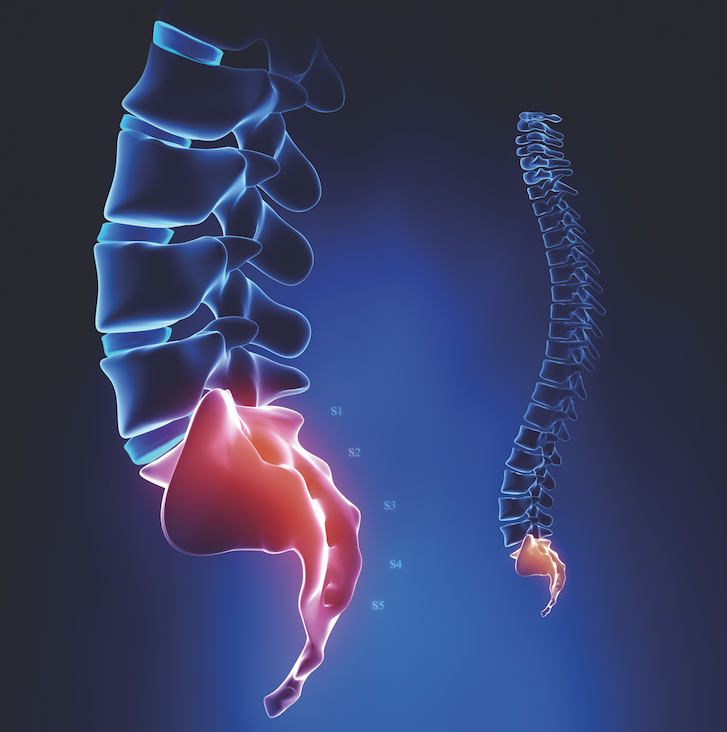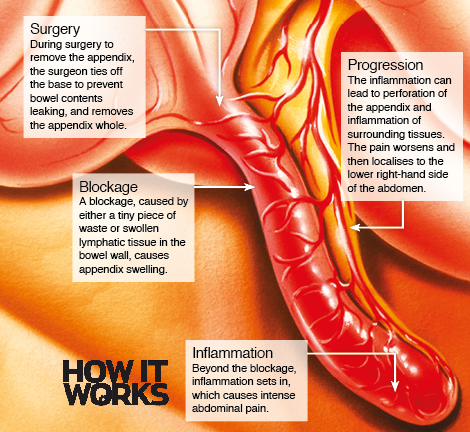Useless Body Parts: Vestigial organs
by Scott Dutfield · 13/09/2019

Why have humans and other animals stopped using certain organs and functions which were once crucial for survival?
Charles Darwin is one of history’s most famous naturalists. Living in the 19th century, he became celebrated for his theories on evolution. In his seminal work On The Origin Of Species he described how similar animals were likely to be related by common ancestors, rather than be completely unrelated. As subsequent generations are born, traits and features that did not bring a survival benefit to that species were eliminated. That, in a nutshell, is the theory of evolution.
As a consequence, some organs and traits left in the body lose their function and are no longer used. This applies to modern human beings as much as other creatures; some of our physical attributes and behavioural responses are functional in other animals, but they do not seem to be of any benefit to us. These evolutionary remnants that no longer serve any purpose are called vestigial organs, though this can apply as much to behaviour and other body structures as it does to actual organs.
Evolution has also adapted some existing features to help us in new ways, in a process known as exaptation. For example, birds’ wings not only help them to fly but keep them warm too. These changes in function may take thousands of years to develop, and in some cases the original role is eventually eliminated from subsequent generations altogether
Appendicitis in focus
What happens when your appendix gets inflamed?
Evolution's leftovers
Appendix
The best known of the vestigial organs, the appendix is used in animals to help digest cellulose found in grass, but in humans it serves no clear function now.
Tailbone
The hard bone at the bottom of your spine, the coccyx, is a remnant of our evolutionary ancestors’ tail. It has no function in humans, but you could break it if you fall over.
Goosebumps
Animals use body hair for insulation from the cold, by trapping a warm layer of air around the body. Each hair can stand on end when its own tiny muscle contracts, but as human beings have lost most of their body hair, a jumper is more effective.
Plica semilunaris
The fleshy red fold found in the corner of your eye used to be a transparent inner eyelid, which is still present in both reptiles and birds.
Wisdom teeth
These teeth emerge during our late teens in each corner of the gums. Our ancestors used them to help chew dense plant matter, but they have no function today. In fact, they can cause a lot of pain so are often removed.
This article was originally published in How It Works issue 56
For more science and technology articles, pick up the latest copy of How It Works from all good retailers or from our website now. If you have a tablet or smartphone, you can also download the digital version onto your iOS or Android device. To make sure you never miss an issue of How It Works magazine, subscribe today!





